Defence & Security
-
Entangled photons for secure timing

Spoofing is a sneaky technique hackers use to trick Global Navigation Satellite Systems, like GPS, by falsifying timing and location data. Hackers spoof GPS to mislead systems or people, often for disruption, theft, or evading surveillance.
Spoofing devices only cost about AUD 300, making them easily accessible. This technique has already been used on civilian cars and ships, steering unsuspecting victims into danger and delaying essential services.
A solution to this problem is quantum-secured time-transfer (QSTT). The goal of QSTT is to tamper-proof timing signals using a special kind of light: pairs of quantum entangled photons.
When the entangled pair of photons is sent over an optical link to two people at different locations, each person can detect their photon and mark down its time of arrival. These photon time stamps can then be used to trace back to a common time origin.
The entanglement between the photon pairs means they are one inseparable entity and carry a shared “signature” that correlates perfectly. Two people can complete a security check by matching pairs of signatures with complete certainty because anyone trying to tamper with a photon will damage this signature.
At the University of Adelaide in the Institute of Photonics and Advanced Sensing and our research group in Physics, we are developing novel photon sources – single quantum dots – which are state-of-the-art sources of discrete single and entangled photons, as well as being a scalable candidate for integration into photonic chips. In partnership with the Defence Science and Technology Group, these photon sources will be used to demonstrate quantum-secured time transfer and clock synchronization as an alternative to relying on GPS.
This research aims to harness the ephemeral nature of quantum mechanics in a practical application, taking us into a new generation of secure timing and navigation systems that will ensure public safety.
-
Probing the Dragonfly Brain to Improve Machine Vision

For autonomous systems to operate reliably in real-world conditions, they need to be able to detect relevant signals in complex and noisy environments. This is a core challenge across transport, manufacturing, surveillance, and defence. The answer to these advanced systems may come from the apex predator of the insect world: the dragonfly.
A Natural Mystery: With a brain less than the size of a grain of rice, the dragonfly detects targets in clutter, predicts their future location and selectively attends to one target amidst a swarm. Incredibly, some dragonflies hunt tiny prey like mosquitoes, in the near darkness of late dusk.
Probes 1500 times thinner than a human hair: using behavioural, electrophysiological, and neuroanatomical techniques, we investigate how the dragonfly brain underlies these extraordinary capabilities. For example, we insert tiny electrode probes into the dragonfly brain whilst they watch a computer display. By analysing the recorded signals from individual neurons, we investigate how their brain processes visual information. Presently, artificial intelligence algorithms are derived from networks of trillions of simple computations, whilst neurons in the living brain are more dynamic and complex. Bio-inspired by this research, we develop advanced signal processing models and novel neural network architectures.
Forging Nature’s drone: For several years, working with industry and government, our laboratory has translated neuroscience discoveries into the development of computational models. We translate these models to autonomous systems, testing our ground and aerial systems in real-world environments. How such systems detect signals in noise is a fundamental problem applicable to sensing and information processing used in transport, manufacturing, surveillance and defence.
-
Space-made fibres for next-gen telecom

The global internet traffic travels through a complex network of undersea and underground fibre optic cables. These cables form the backbone of the internet, connecting continents and countries, and carrying data over long distances.
As the world’s internet bandwidth needs to grow, our current fibre optics networks are struggling to keep up. The signal loss in these networks, made from silica glass fibres, is at its theoretical minimum, making further improvement nearly impossible. To tackle this problem, Flawless Photonics, in collaboration with the University of Adelaide and led by Heike Ebendorff-Heidepriem, is developing a new type of telecommunication fibre based on a different glass composition, fluorozirconate glass, also known as ZBLAN.
The team's research focuses on creating ultra-low-loss ZBLAN fibres. The first step in this process is the purification of the raw materials. This is crucial because impurities can introduce absorption of light travelling along the fibre, increasing signal loss.
Once the pure raw materials are obtained, the next step is the drawing process, which involves heating the glass and pulling it into fibres. Due to Earth's gravity, ZBLAN is susceptible to crystallisation during drawing, scattering light and increasing signal loss. To tackle the drawing element, Flawless Photonics and the University of Adelaide have drawn fibres in space’s microgravity environment onboard the International Space Station. Doing so in space minimises convection currents, reducing crystal formation and growth.
By manufacturing ZBLAN fibres with minimal signal loss, this amazing collaboration is paving the way for the next generation of telecommunications networks. This new technology could revolutionise how we transmit data, from telemedicine to quantum cryptography.
This advancement promises to transmit larger data volumes over longer distances, with less energy and at lower costs, potentially revolutionising society and the economy.
-
Quantum materials for safer communications
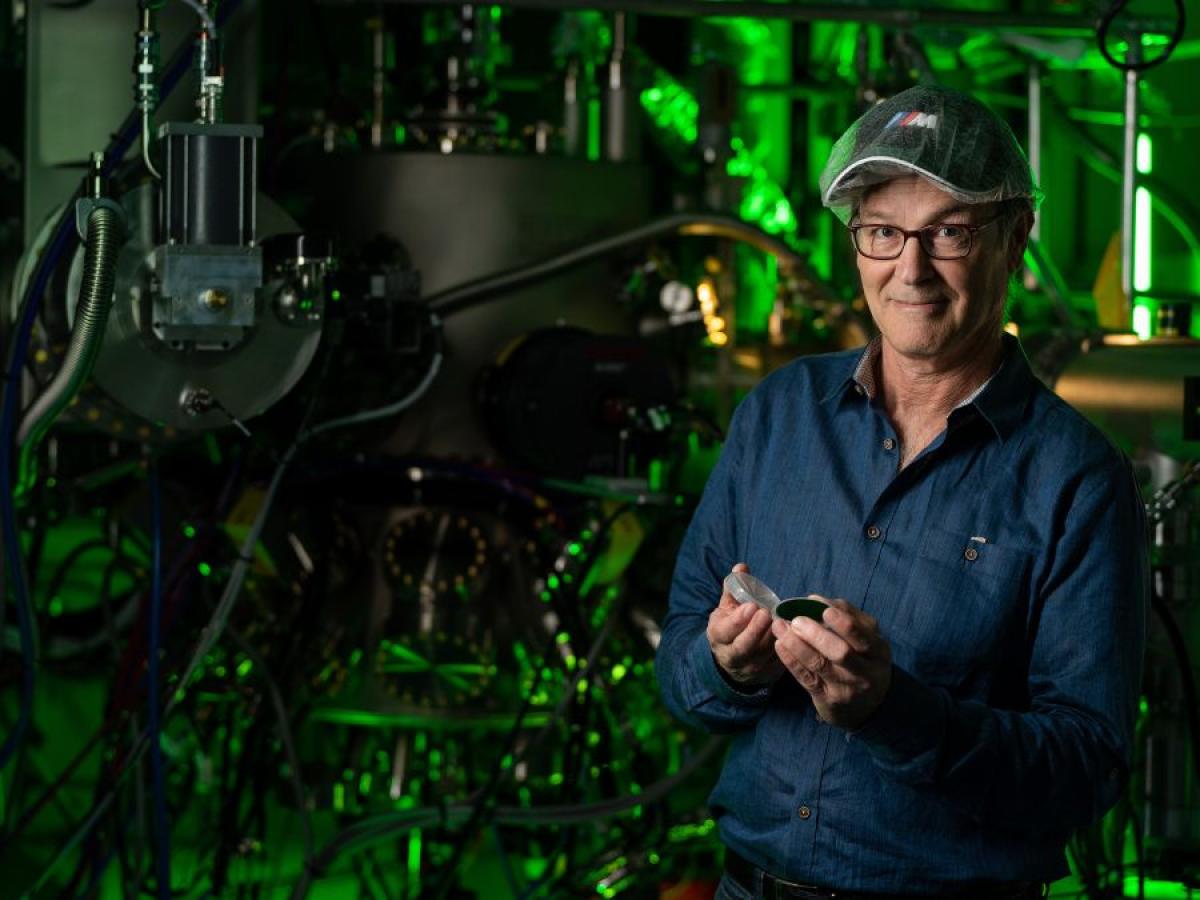
Emerging technologies such as quantum communication, metrology, and computing, have huge potential to benefit many sectors. Quantum Communication could enable ultra-secure networks that are nearly impossible to hack. Quantum Metrology could revolutionise precision measurements and Quantum Computing could solve complex problems exponentially faster, transforming fields like logistics, medicine, and finance.
Current proof-of-concept quantum technologies typically use "quantised light states", special light states that travel at the speed of light, are resistant to environmental disruptions, and can integrate with existing communication infrastructure. However, producing sources capable of generating quantum light states for quantum technologies is a serious materials science challenge.
This is a challenge Declan Gossink, working in the Quantum Nanophotonics Group at the University of Adelaide under the supervision of Professor Glenn Solomon is trying to tackle.
Semiconductor quantum dots are one of the most promising sources for the generation of quantum light states and a popular method for producing them is using a crystal growth technology known as molecular beam epitaxy (MBE) and a novel growth method known as droplet etching epitaxy (DEE). MBE involves directing very fine beams of material onto a surface in a vacuum. These beams stick to the surface and form a precise, controlled layer. MBE provides the foundational layers, while DEE is used to create specific small structures, fine-tuning the details.
Unlike other growth methods, much remains to be understood about the physical processes governing droplet etching epitaxy in the formation of nanostructures such as quantum dots. By understanding and establishing optimal growth conditions in the molecular beam epitaxy environment, this research aims to enable the reliable production of high-quality quantum dots. This would eliminate guesswork and streamline quantum dot production, speeding up their integration into advanced quantum technologies.
The impact of this work is significant: optimising quantum dot growth will lead to the development of reliable sources for generating quantum light states. This advancement will facilitate the faster integration of quantum dots into groundbreaking research, thereby accelerating progress towards impactful quantum technologies.
-
Cryogenic sapphire clock
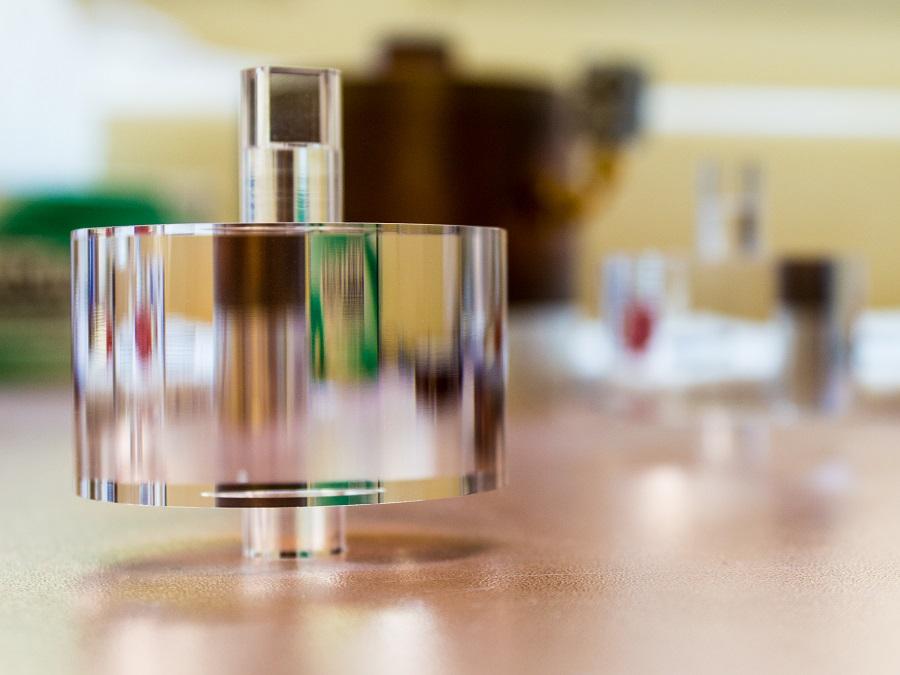
Timing precision is critical to many sensing, communication and computational applications. The need for very high timing precision reaches its pinnacle in radar technology, very long baseline (VLBI) radio astronomy and quantum computing.
The Sapphire Clock, developed by Prof Andre Luiten and his group, is a cryogenic sapphire oscillator that allows time to be measured to the femtosecond scale (one quadrillionth of a second): equivalent to only gaining or losing a single second over 40 million years.
In recent times, the extremely high performance of the oscillator has found a practical and strategic application in Australian Defence by improving the performance of a key asset, the Jindalee Over the Horizon Radar Network (JORN). JORN is a multi-billion dollar linchpin of Australia’s defence surveillance that monitors air and sea movements across 37,000 km2; playing a vital role in supporting the Australian Defence Force’s air and maritime operations, border protection, disaster relief and search and rescue operations.
-
Upconversion fluorescence for real-time stand-off detection and identification of explosives
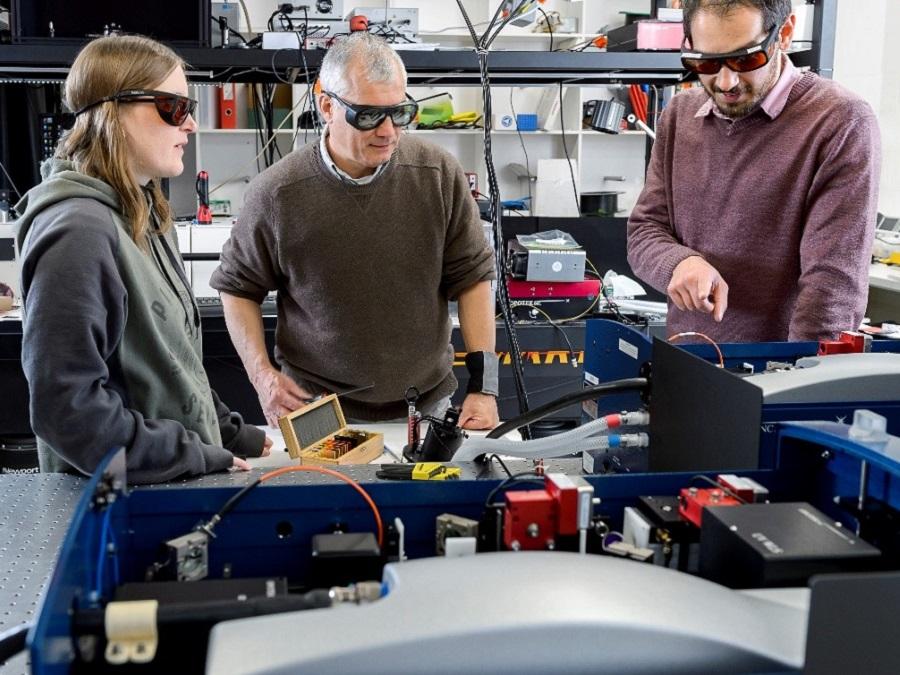
IPAS members have received funding from Defence Industry & Innovation to research a potentially transformative technology for stand-off real-time explosives sensing.
There are currently no robust, rapid technologies suitable for application in the field for real-time detection and identification of explosives at stand-off ranges of 10 m or more. Other technologies exist, such as laser-induced breakdown spectroscopy or Raman spectroscopy, but all have limitations that impact their efficacy and potential for real-world deployment.
The team is using leading-edge laser technology including mid-IR lasers developed at IPAS to explore upconversion fluorescence (UF) from explosives molecules, precursors and products, aiming to demonstrate the feasibility of UF for stand-off sensing, and define the required parameters for deployable UF explosives sensors.
This research leverages extensive investment by the Australian mining industry, through CRC ORE, which has created the globally leading UF research facility at IPAS.
-
High power durability of soft glasses for laser applications
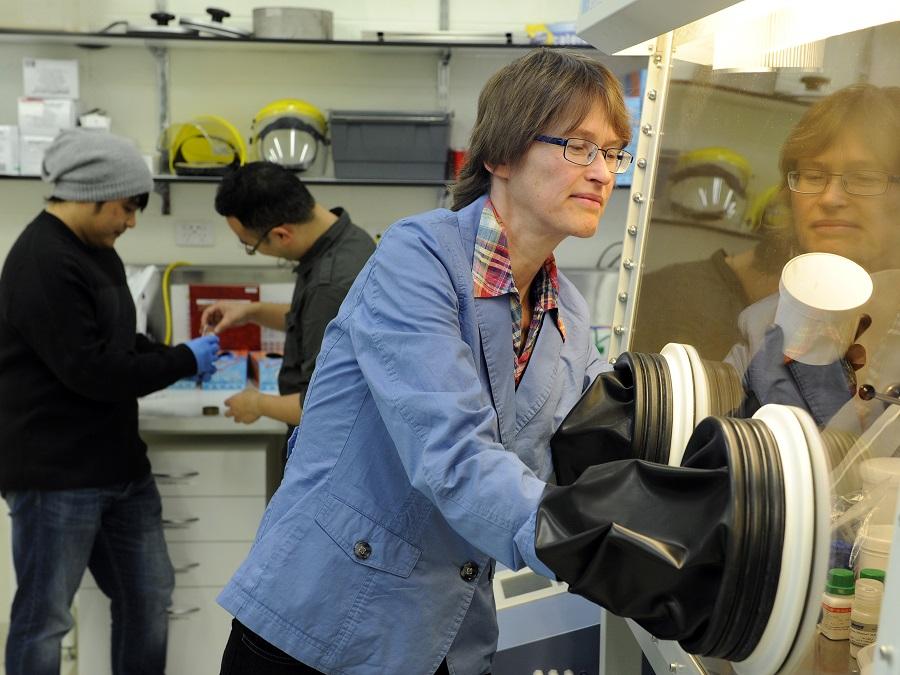
Prof Heike Ebendorff- Heidepriem and Associate Professor Martin O’Connor have received funding from the US Air Force Office of Scientific Research to investigate the fundamental limit of achievable laser power for mid-infrared transmitting soft glasses.
The project focuses on four different glass types using established glass compositions and fabrication procedures developed at IPAS:
- fluoroindate,
- fluorozirconate,
- germanate and
- tellurite;
with the aim to develop a range of new high gain doped materials towards enabling the realisation of new laser and amplifier systems with enhanced operating parameters.
-
Fibre-based quantum memory for secure communications
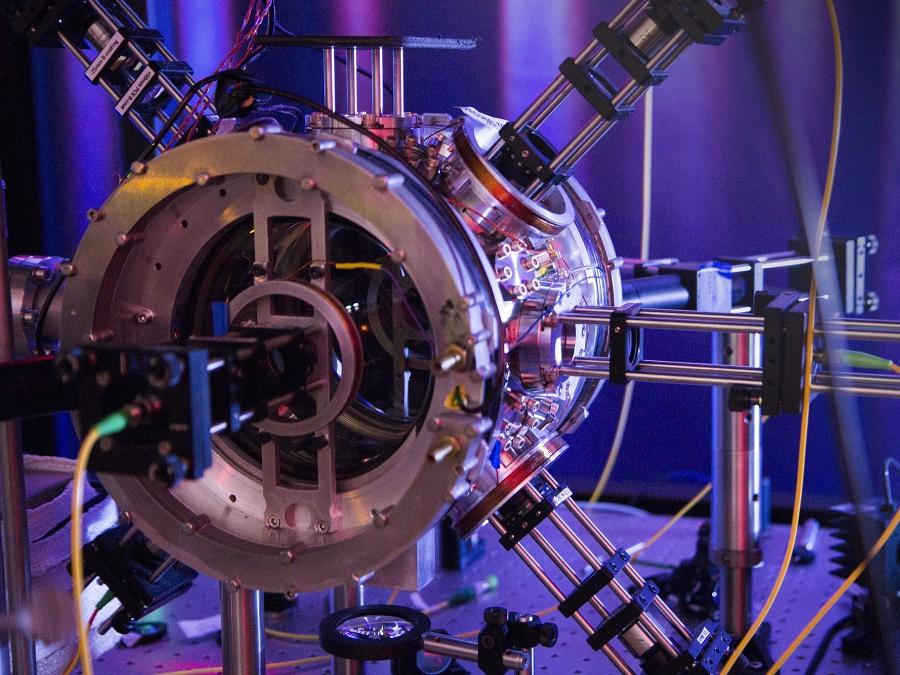
Cyber security is one of Australia's national security priorities - Australia's national security, economic prosperity and social wellbeing rely on the availability, integrity and confidentiality of a range of information and communications technology.
The development of cutting-edge quantum technologies such as quantum computing and quantum key distribution has critical implications for the secure transmission of information.
Combining our novel atom-filled hollow-core fibres with state-of-the-art quantum information storage protocols, we are creating a compact, robust and modular “quantum node” - the key ingredient to developing an optical fibre-based network for provably-secure communications.
